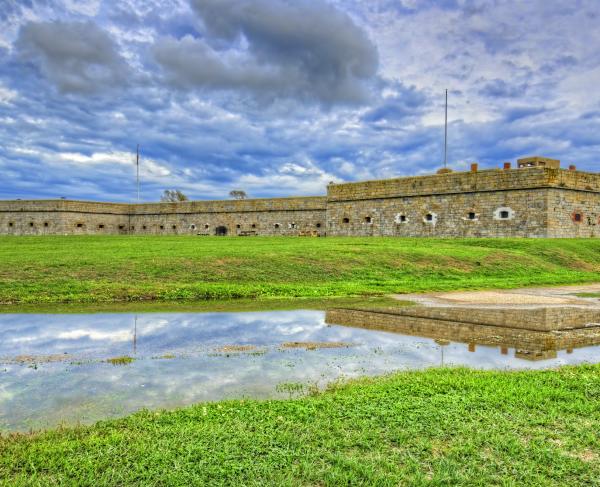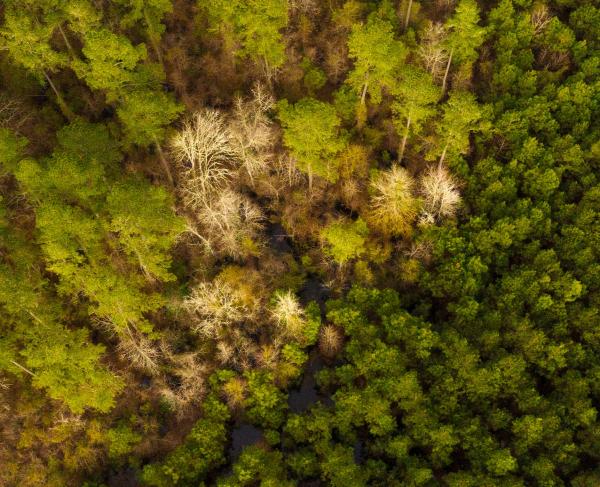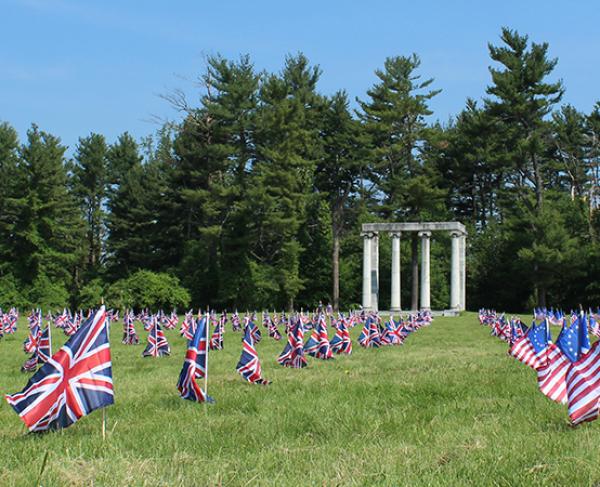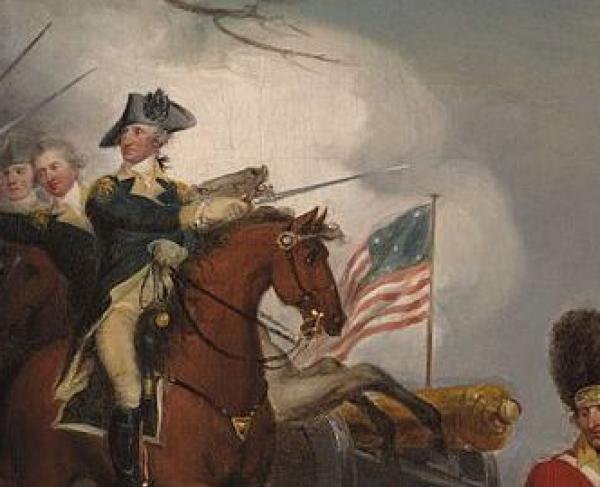Tour the Ten Crucial Days Trail in One Day
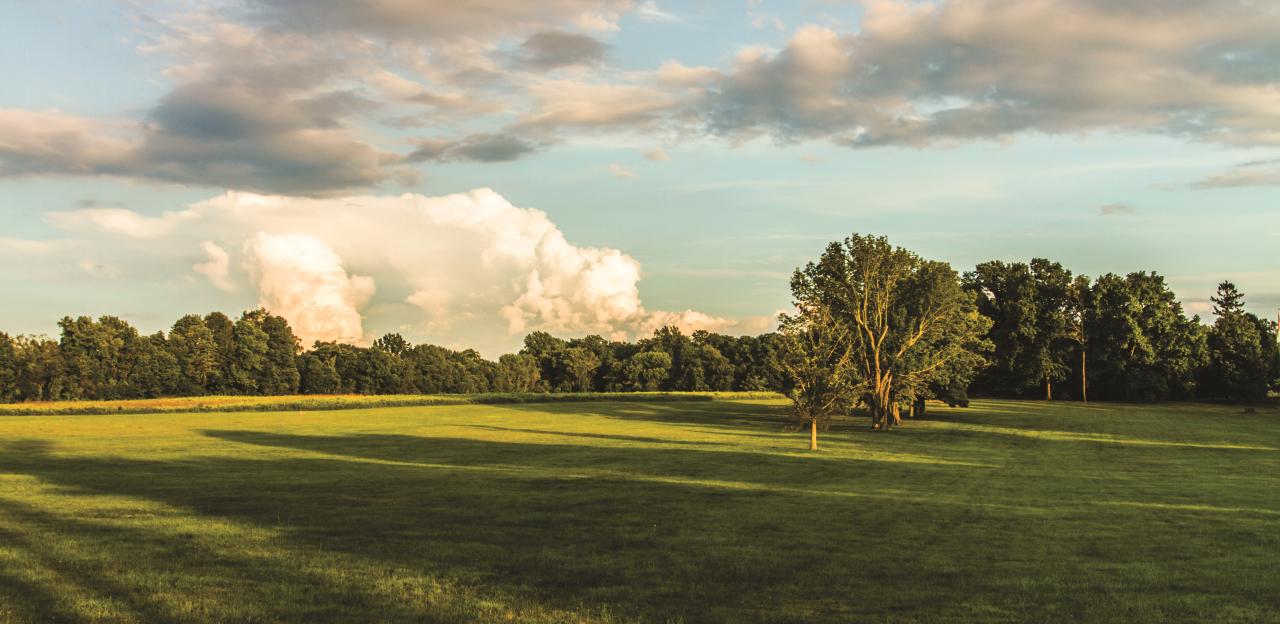
The 10 Crucial Days refer to some of the most iconic and important moments of the American Revolution, moments that may have turned the tide in the War for Independence.
Following the defeat at the Battle of Long Island, which led to the loss of New York City to the British, General George Washington became desperate for a victory to secure his army’s morale, attract new recruits, and keep the fledgling independence initiative moving forward.
Exhausted, and facing the prospect of mass desertion, Washington made a desperate gamble on Christmas night by crossing the Delaware River into British occupied colony of New Jersey. The next morning, Washington's army surprised a garrison of Hessian mercenaries at Trenton, and defeated the British reinforcements under Charles Lord Cornwallis just days later at Princeton.
Thanks to Washington’s leadership and determination, the army that nearly disintegrated after retreating from New York proved to Britain that it still had fight left. These ten days and the battles fought in them helped saved the American war effort against Britain.
Before You Go:
- Print or Download the Tour Map.
- Watch the Revolutionary War Animated Map.
- Read our Ten Crucial Days article.
- Download the American Battlefield Trust map of Trenton.
- Download the American Battlefield Trust map of Princeton.
- Watch our In4 video on the Battle of Princeton.
Stop #1: Washington Crossing Historical Park, Pennsylvania
Time: 2-3 Hours
Details: http://www.washingtoncrossingpark.org/
This is the Pennsylvania site of Washington’s famous Crossing of the Delaware River. Right before the beginning of the campaign, Washington’s army was in dire shape, with little hope of victory. Washington knew that unless something was done soon, his entire army would melt away. He decided to gamble everything on a surprise attack, and began to cross into New Jersey throughout the night.
What to do:
- Stop by the park Visitor Center for further information about the park and see historical exhibitions. The Center also contains a replica of Emmanuel Leutze’s famous painting of Washington Crossing the Delaware.
- Start at the Thompson-Neely House, a historic farmhouse that served as a hospital for Continental troops during the winter of 1776-77. One of the patients who was treated here was a young officer named James Monroe, who later became the fifth President of the United States. The graves of several soldiers who died of exposure on the march are also located nearby.
- Climb up Bowman’s Hill Tower. Contrary to popular belief, the tower did not exist in Washington’s time. In fact, it was built in the 1920’s. But it still provides an incredible 14 mile view of the surrounding area.
- Visit the David Library of the American Revolution, dedicated to the study and research of American history from 1775-1800.
Stop #2: Washington Crossing State Park of New Jersey
Time: 1 Hour
Details: http://www.state.nj.us/dep/parksandforests/parks/washcros.html
This is the New Jersey site of Washington’s Crossing, and where he began the march towards Trenton. Conditions that night were incredibly harsh, and many American troops lacked proper clothing and gear for the weather. Two men would die from exposure on the march, but the army successfully reached Trenton without alerting the enemy.
What to do:
- See the visitor’s center where several galleries on the Ten Crucial Days are on display.
- The Johnson Ferry House likely provided boats and temporary shelter for George Washington as he crossed the Delaware. Several reenactment displays are frequently shown on weekends.
- Walk the old road trace that led a portion of Washington's army from the crossing point to its destiny at Trenton.
Stop #3: Old Barracks Museum in Trenton, NJ
Time: 2 Hours
Details: http://www.barracks.org/
This museum was one of the historical buildings in Trenton occupied by Hessian troops under Colonel Johann Rall when Washington began his attack and took them by surprise. While legends that the Hessians were completely incapacitated by a night of Christmas cheer are somewhat exaggerated, it is true that they offered very little resistance to the attack. By the end of the day over nine hundred Hessians were captured, eighty-three wounded, and twenty-two killed, including Colonel Rall, at the cost of no American lives.
What to do:
- View the exhibits, take a group tour. Several of the reenactment activities includes musket and other weapon demonstrations, soldiers giving their accounts of the battle, and even smallpox inoculations and other highlights of 18th century medical practices.
- Check out the New Jersey State Museum just nearby and see exhibits exploring almost all eras of New Jersey History, from pre-Columbian to World War One.
- See the Trenton Battle Monument, built from 1891-93 in commemoration of the battle.
- Visit the William Trent House Museum, which was also occupied by the Hessians, and later used to store supplies by the Continental Army.
Stop #4: Princeton Battlefield
Time: 2 Hours
Details: https://www.theprincetonbattlefieldsociety.org/
Though he won a resounding victory at Trenton, Washington knew he could not stay there for long as British reinforcements arrived. He set out again to avoid them, but stumbled into the British rearguard led by Charles Cornwallis. Despite the surprise, and despite the loss of Brigadier General Hugh Mercer, the Battle of Princeton turned out to be yet another decisive victory for Washington, and one which inspired more men to join the Continental Army.
What to do:
- The Park at Princeton contains an Ionic Colonnade with a gravesite for both British and American soldiers nearby. Also nearby is the Mercer Oak, planted in 2000 from an acorn of the original witness tree that was present at the battle. The oak is named for Hugh Mercer.
- Visit the Thomas Clarke House, where General Mercer was unsuccessfully treated for his wounds by Benjamin Rush.
- See the Morven Museum and Gardens, built by Richard Stockton, one of the signers of the Declaration of Independence, and whose wife, Annis, was an accomplished poet. The museum features historical pieces from the 18th century owned by the family, as well as frequent exhibitions of more recent art pieces.
Related Battles
5
905
75
270
